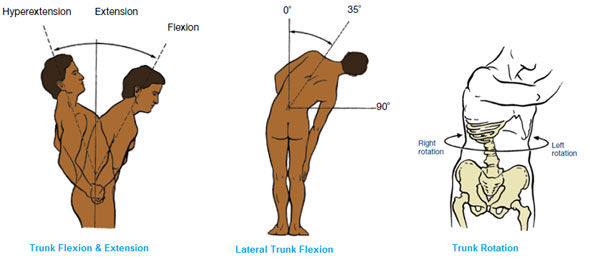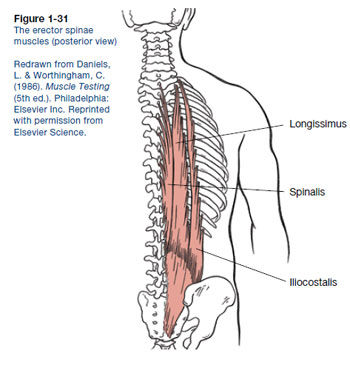As a fitness professional and an exam candidate, there is no way of getting around the fact that you need to know your anatomy! Understanding how the body moves and creates movement with the muscles is a huge part of the job. In earlier blogs, we looked at how to study anatomy. We then started breaking down each body part, with the latest two blogs looking at the muscles that move the scapulae and the Muscles That Move the Arm
Here, we will look at the muscles of the core.
The major muscles that move, support and stabilize your spine are called the muscles of the core or trunk.

|
Action of the Trunk |
What the Action Looks Like (Move Your Body!) |
Primary Muscles |
|
Trunk flexion |
Bend forward, or “curl up” action |
Rectus abdominis (trunk flexors) |
|
Trunk extension |
Stand up straight (from bent over), bend backwards |
Erector spinae (back extensors) |
|
Trunk rotation (ipsilateral and contralateral rotation) |
Twist to the left and right |
Internal and external obliques |
|
Lateral trunk flexion |
Bend to the side |
Obliques and one side of rectus abdominis and erector spinae |
|
Compression of the abdomen |
Draw your belly button into your spine |
Transverse abdominis |
|
Spinal stability |
Holds your spine stable during movement |
Multifidi |


A helpful way to learn the muscles is to get up out of your chair and move and mimic the actions for the muscles you are learning that week. Look at the picture of the muscle, find it on your body, and picture how the muscle is contracting and what muscles are involved in the movement. Make the muscle contract and complete the different actions that muscle is involved in.




 by
by 







